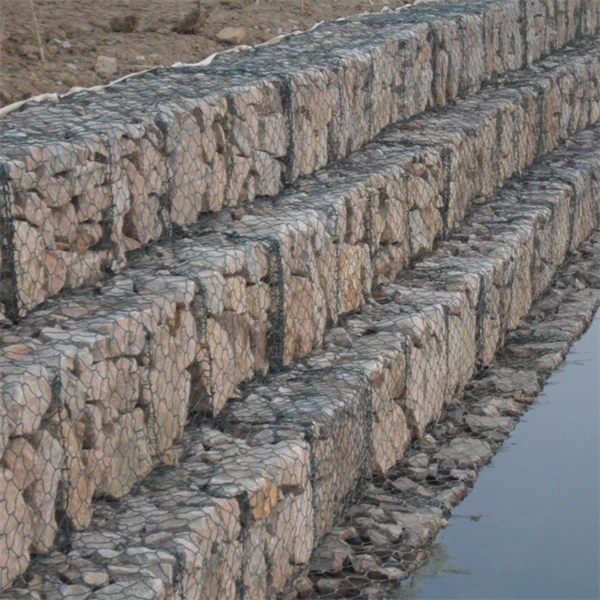ធ្នូ . 24, 2024 15:04 Back to list
Durable Gabion Sea Walls Designed for Coastal Protection and Erosion Control Solutions
The Benefits of Gabion Sea Walls Why You Should Consider Them
In the ongoing battle against coastal erosion and flooding, engineers and environmentalists are constantly searching for effective, sustainable solutions. One such solution that has gained popularity in recent years is the use of gabion sea walls. These structures, made from wire mesh baskets filled with rocks or other materials, are becoming a go-to choice for coastal protection. This article explores the benefits of gabion sea walls and why manufacturers are increasingly opting for this innovative approach.
What Are Gabion Sea Walls?
Gabion sea walls are structures designed to absorb and deflect wave energy, preventing coastal erosion and providing a buffer against storms and high tides. The word gabion originates from the Italian term gabbione, meaning big cage. These walls are constructed using heavy-duty wire mesh baskets filled with natural stone, recycled concrete, or other materials. The design is not just functional but can also add aesthetic value to coastal landscapes.
Durability and Strength
One of the most significant advantages of gabion sea walls is their durability. The materials used in gabion construction are resistant to harsh weather conditions, including high winds, saltwater exposure, and shifting soils. The incorporation of large rocks within the wire mesh also allows for flexibility and deformation, making gabion walls less likely to fail during extreme weather events compared to traditional concrete walls. As a result, they can remain effective for many years with minimal maintenance, making them a cost-effective option in the long run.
Environmentally Friendly Solution
gabion sea wall manufacturer

Gabion sea walls offer an eco-friendly alternative to other coastal protection methods. The use of natural stones helps blend the structure into the surrounding environment, minimizing visual impact. The gaps in the gabions create habitats for marine life, fostering biodiversity. Over time, vegetation can grow within the walls, which further stabilizes the structure and enhances its ecological value. This sustainable approach is particularly appealing in times when environmental conservation is a priority for communities.
Cost-Effectiveness
From a financial perspective, gabion sea walls can be a less expensive solution compared to traditional concrete sea walls. The materials needed for construction can often be sourced locally, which reduces transportation costs. Furthermore, the installation process for gabions is generally simpler and requires less heavy machinery. This can significantly lower labor costs while speeding up project timelines. Communities looking for efficient and budget-friendly coastal protection methods may find gabion sea walls to be an attractive option.
Adaptability and Customization
Gabion sea walls can be designed to fit various coastal scenarios and specific site conditions. Manufacturers can customize the size, shape, and type of materials used in the gabions to address unique challenges posed by a particular environment. Whether the goal is to create a low-profile wall to blend in with natural landscapes or a taller structure designed for areas prone to high waves, gabion sea walls can be tailored to meet those needs. This adaptability makes them an innovative choice in coastal engineering.
Conclusion
As coastal populations continue to grow and the impacts of climate change become more pronounced, the demand for effective coastal protection solutions is increasing. Gabion sea walls present a practical, durable, and environmentally friendly option for communities looking to safeguard their shorelines. Manufacturers who specialize in gabion structures are positioned to meet this growing demand, providing essential protection against erosion while embracing sustainable practices. Whether you are a coastal city grappling with erosion issues or a developer seeking innovative solutions, gabion sea walls should be on your radar as a viable and effective option for coastal defense.
-
HESCO Gabion Baskets for Coastal Erosion Prevention
NewsAug.22,2025
-
Longevity and Durability of River Rock Gabion Walls
NewsAug.22,2025
-
How to Integrate Gabion 3D Walls in Urban Planning
NewsAug.22,2025
-
Reno Mattress Gabion Applications in Civil Engineering
NewsAug.22,2025
-
How to Install Wire Mesh for Gabion Baskets Properly
NewsAug.22,2025
-
Best Materials for Filling a Chain Link Gabion
NewsAug.22,2025
-
Wire Mesh Thickness Impact on Gabion Wall Load Bearing
NewsAug.12,2025






